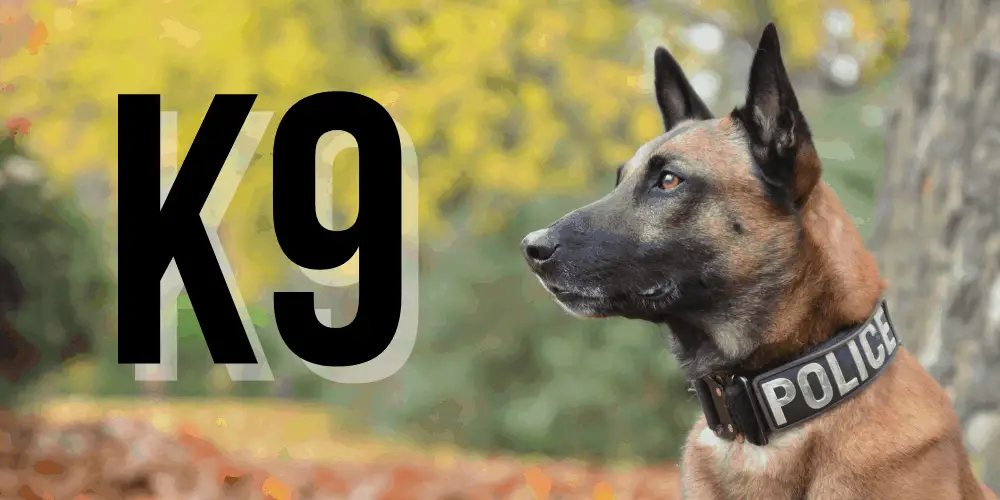Most people have heard the association between dogs and K9s but might not have given much thought to how or why dogs are referred to as canines or K9. Often it’s a term we get the gist of but don’t know what it means.
Dogs are called Canines or K9 because the term “canine” is derived from the Latin word caninus, which simply means “dogs.” K9 is often used over the literal word “canine,” but is simply a pun of the original word. Today, K9 is mostly associated with Police Dog units.
All dogs are canines, but not all canines are dogs. Sound confusing? Well, another way of looking at it is that all humans are mammals, but not all mammals are humans. There are tons of other species classified under the mammal classification (including canines), just as there are other animal types under the canine classification.
What Is Canine?
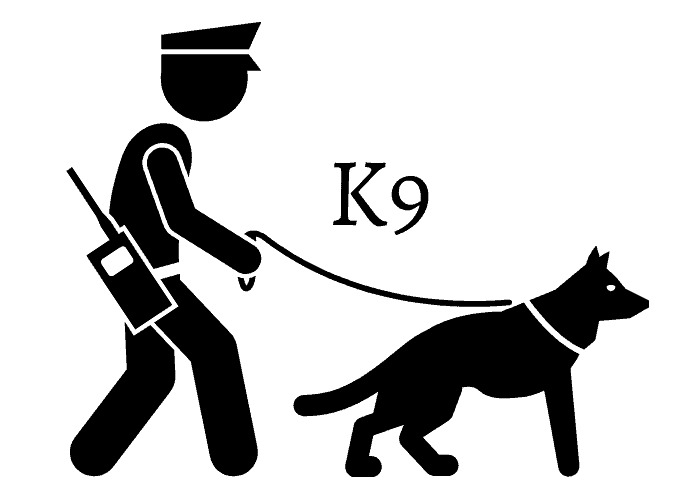
The word “Canine” evolved from an adjective to a noun for about the course of 200 years. One of the earliest entries with the use of this word is from the early 1600s, which is in its adjective form, but referred to the sharp or pointed teeth found between the molars and incisors.
It was originally intending to describe the dog-like shape of the tooth, due to the dog’s fangs being the first that comes to mind when talking about a sharp or long tooth.
By the time the 1800s rolled along, the word had found its place as a noun while still holding a place as an adjective, referring to dogs specifically.
Are All Dogs Considered to be K9s?
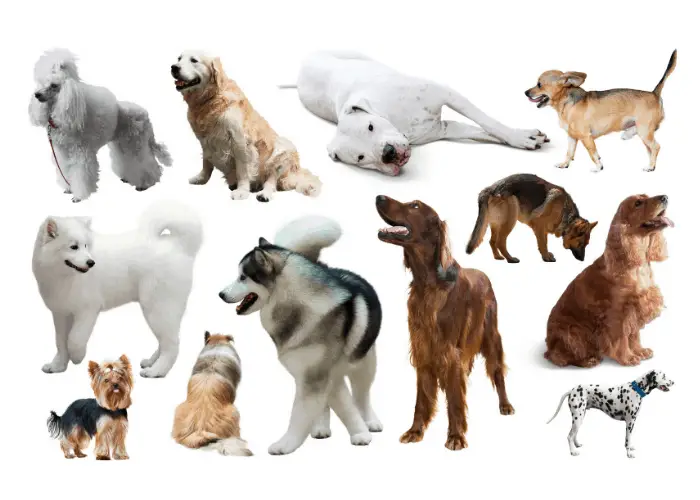
The answer is yes, all dogs are considered to be canines or K9s. Whether they’re domesticated or as wild as a Raccoon Dog, all of them land under this classification.
Despite their differences in appearances, canines all use the same general group of tools for survival (including genetics in most cases), which binds them together under this classification.
Mammals who have snouts and un-retractable claws are generally considered to be Canines by Zoologists.
Are Only Dogs Referred to as K9s?
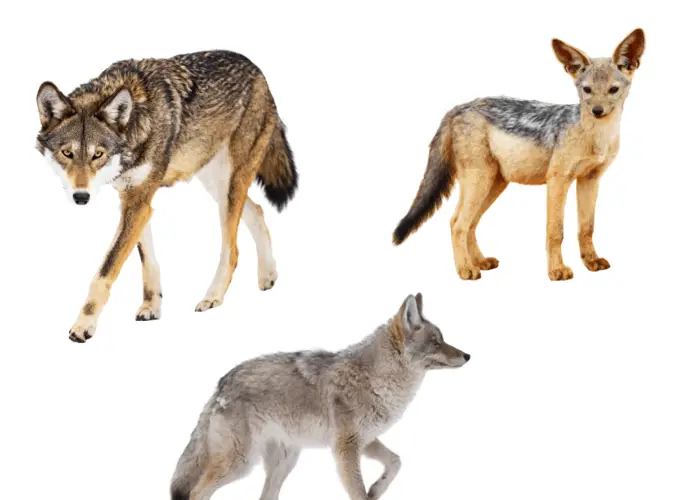
There are 34 species of Canine, but most are different variations of the same hierarchical few in one way or the other. The handful of top tier species are familiar to most of us, which are:
- Wolves
- Coyotes
- Jackals
- All domesticated breeds of Dog
- Miscellaneous Wild Dogs
Wild dogs are not breeds of dogs that have gone feral. They are breeds that have never been domesticated as a breed at all, rather than individuals from domesticated breeds who wound upraised in the wild.
Why are Police Dogs Called K9?
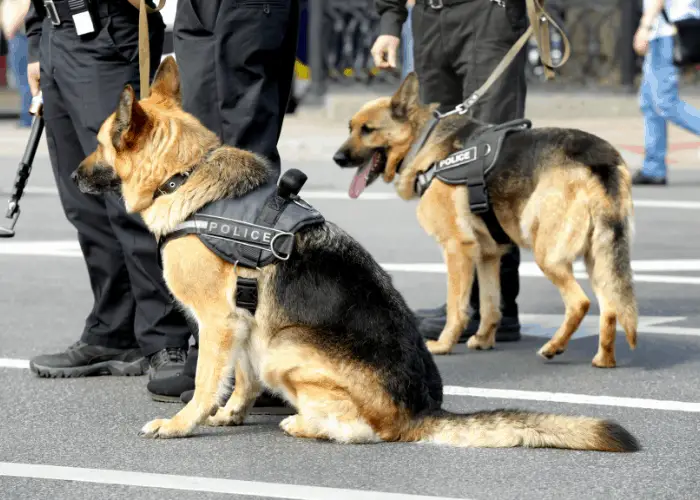
K9 began being used during World War 2 when the “K9 Corps” began being deployed by the military. The pun version of canine continued beyond military usage and was used wherever dogs were utilized for public service.
Police K9 Units are a unique body within a police force, just as S.W.A.T. or Homicide teams or units, and are called upon to perform specific tasks and duties.
Why Did Police Start Using Dogs?
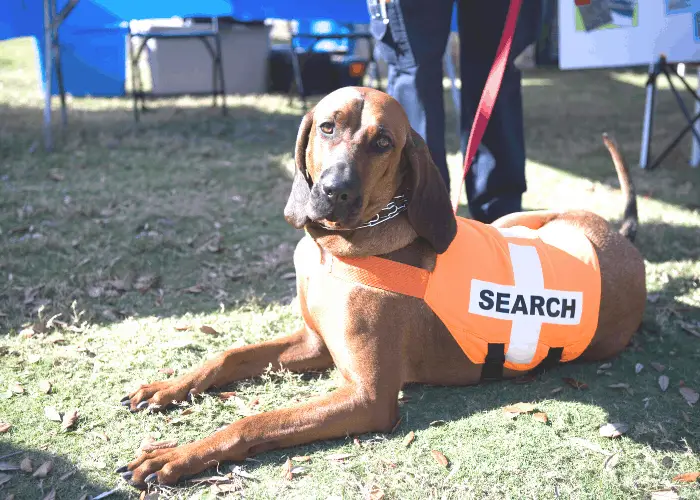
Initially, police began using dogs back in the late 1800s in the United Kingdom. Bloodhounds were trained and deployed in an effort to hunt down “Jack the Ripper” by 1888. This is the earliest recorded instance of police using dogs in an official capacity.
Dogs bring many talents to the table that surpass our natural abilities. A stronger sense of smell, speed, and agility, to name a popular few that are most commonly utilized by Police K9 Units.
What Breeds of Dog are Most Commonly Used for K9 Units?
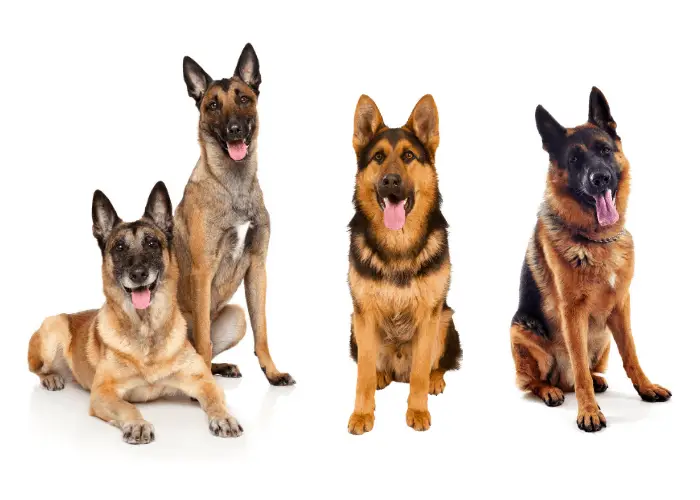
Traditionally, the most common breeds of canine used by police forces are the:
- German Shepherd
- Bloodhound
- Dutch Shepherd
- Belgian Malinois
- Several Breeds of Retriever
In recent decades, the Belgian Malinois has become the most widely used breed in K9 units worldwide, as they are the most versatile of the four listed above. They are also known to be more easily trained for their duties as police dogs.
Other breeds have been used, and are still in use, depending on the need that they are meeting. The Rottweiler, Doberman Pincer, and some iterations of Pitbull are still in use in some areas but are not the norm.
[ Read Our Belgian Malinois vs German Shepherd Comparison Here ]
Final Thoughts

There you have it. Now you can enjoy a better understanding of the meaning and usage of the term “K9” and the word “canine.”
Humans are kind of funny that way…
We feel the need to classify things into different categories, to help us group species together and better understand the relationships between them (should there be any).
K9 clubs and other dog organizations have no issue with using the pun “K9,” as it’s become just as widely used as the original word “canine.” Unless you’re writing a professional or educational paper, there is no wrong way to use either word, as they both mean the same thing.
Related Questions:
1. Are Hyenas considered K9s?
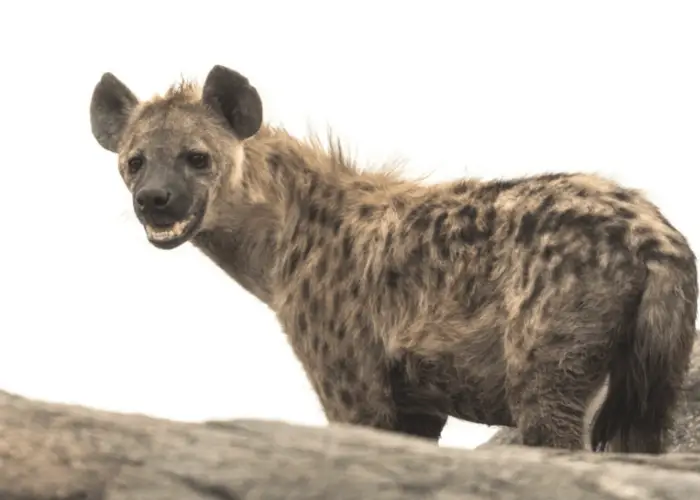
Though Hyenas meet much of the criteria that should classify them as canine, they are far too different genetically. Now that we’re talking about it, Hyenas are different enough from all other types of classification that they don’t fit into any of them.
Because of this, they have earned their own classification called Hyaenidae.
2. Do Bear Fall Under Canine Guidelines?
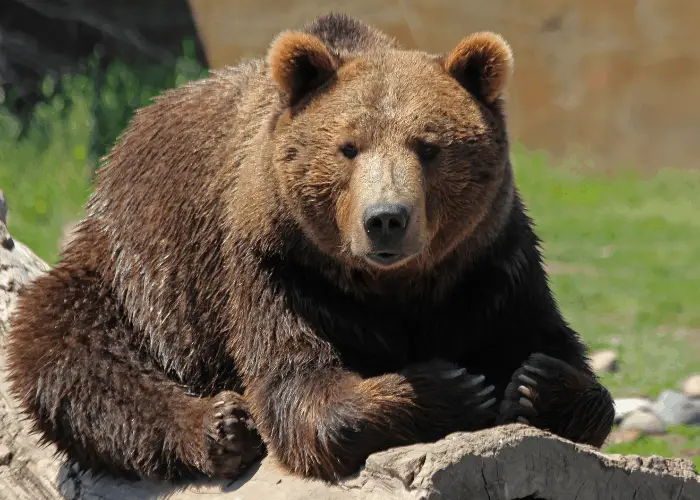
Although they do share many similarities to the kinds of animals in the canine family, they are not considered to be canines. Instead, they fall under the Ursidae family.
Bears do come in close though, as other classifications such as carnivorans or dog-like carnivorans might denote.
3. Are Wild Dogs Related to Domestic K9s?
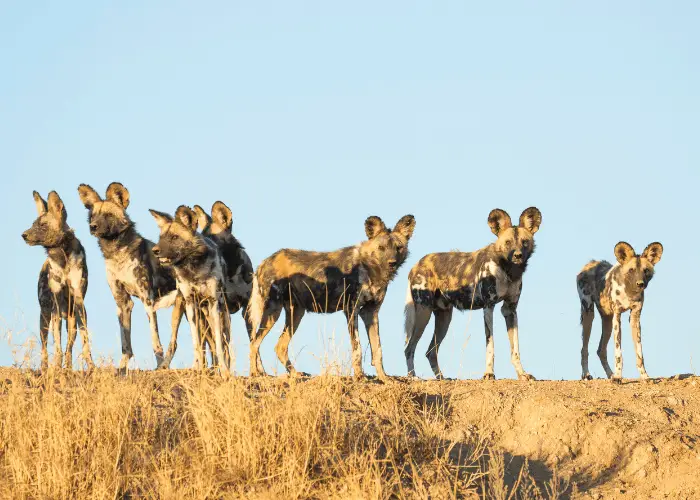
Yes, genetically speaking, all of the species of dog that fall under the canine family, share the same ancestor. That ancestor is most commonly believed to be the South Asian Wolf.
However, there are several species of wild dog that cannot interbreed with domesticated canines despite sharing the same origins. Among the species of wild dogs that can neither be domesticated or bred with domesticated breeds, is the African Wild Dog.

